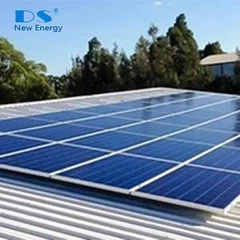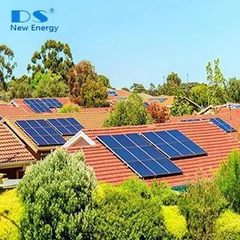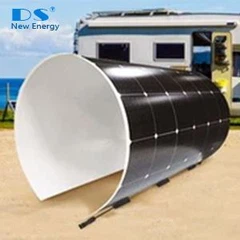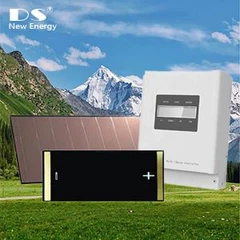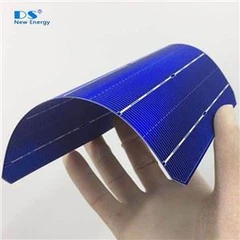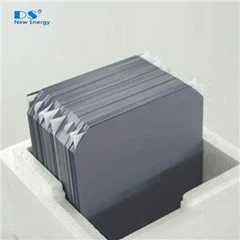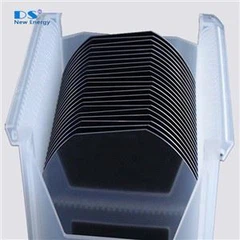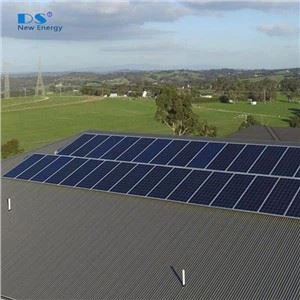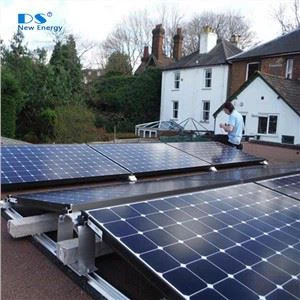Solar silicon wafer production begins with solid ingots made of single-crystal or multi-crystalline silicon material. Wire saws shape the ingots into squared blocks, then slice them into thin wafers. These wafers are used as the base for the active PV cell.

The diamond cutting wire that is used to slice the silicon brick into wafers with a thickness of between 100 and 190 μm. The main approaches to improving productivity and lowering costs in wafer production, therefore, are to increase the yield for each brick of silicon, for each working shift and for each machine, as well as reducing the consumption of diamond wire.

For slicing silicon wafers, there are methods using fixed abrasives and slurry-based. With using diamond wires by fixed abrasives method, people have developed a technology for slicing a large quantity of high quality thin silicon wafers in less processing time.

Advantages of Diamond Wire
With using diamond wires by fixed abrasives method, the processing time can be reduced to less than conventionally required and the amount of wire usage can be substantially reduced. In addition, it is possible to use thinner wire, which enables the pitch of slicing to be reduced, thus resulting in a reduction in the loss of raw materials. Furthermore, the yield rate is expected to improve and become stable due to the enhanced accuracy in slicing and a reduction in cracks and chips that may occur during the manufacturing process, and at the same time, the manufacturing time can be reduced, making it possible to support volume production.

Photograph of a diamond wire sawn (DWS) wafer
Subsurface damage covers as-cut solar wafer with featured lines. Surface/subsurface damage is result of very large stresses that are created during cutting. The forces on the wire are transferred to grit, thereby embedding the grit into Si surfaces.
Dimamond wire sawn M12/G12 solar wafer
Dimamond wire sawn M6 solar wafer
Dimamond wire sawn M4 solar wafer
Dimamond wire sawn G1/158.75mm solar wafer
Dimamond wire sawn M2/156.75mm solar wafer

The mechanisms that cause specific surface features also produce damage that has a strong similarity to the surface roughness. Thus damage appears as directional “scratches” with localized phase changes, microcracks produced by brittle fracture and micro-cleavage, and dislocations generated by plastic deformation.

